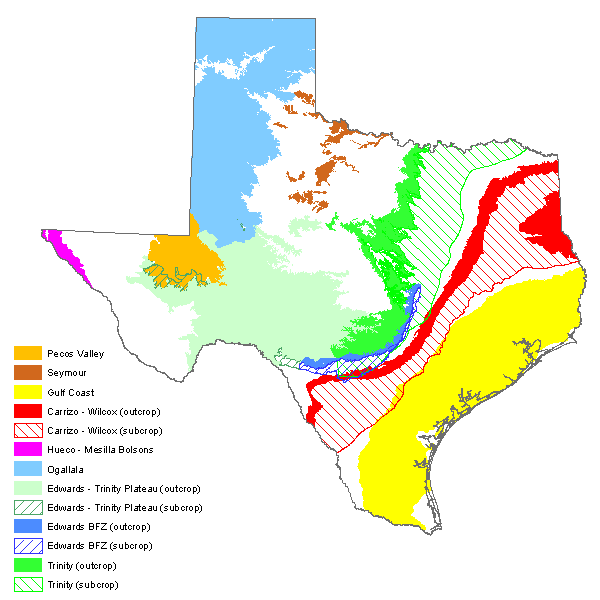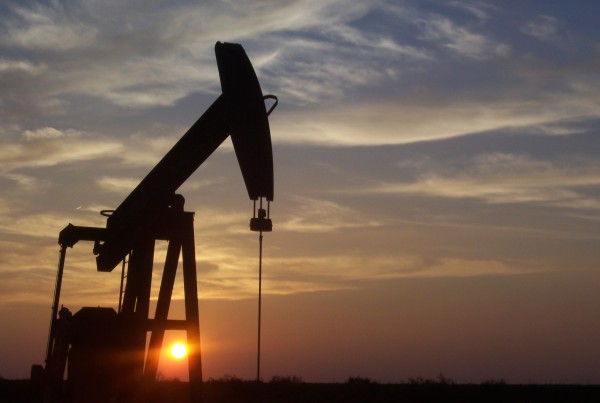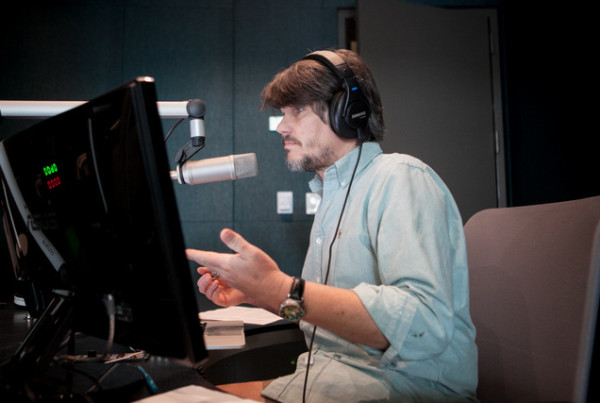A private company based out of Houston – Electro Purification or “EP” – plans to pump groundwater from around the city of Wimberley – and pipe it to other thirsty communities.
EP has contracts to pipe more than 5 million gallons of water a day from this part of the Trinity Aquifer by the year 2036.
So what would that mean for others who rely on the same groundwater? They’re concerned their own wells will go dry.
“Well it means that I can’t use my house. I’ve got a peach orchard and a pecan orchard. It means that those trees are going to die if I can’t irrigate them. It’s going to be terrible,” Peter Way says.
Way’s ranch is just three miles from the EP wells. He’s part of the Trinity Edwards Springs Protection Association (TESPA) – a group that formed just two months ago to fight EP.
“Without Cypress Creek, without Jacobs Well, without Blue Hole, Wimberley is nothing,” TESPA President Vicki Hujsak says. “We filed a lawsuit. Basically, we’re trying to get an injunction to stop the drilling. And then, the lawyers and the team are going to pretty much question the rule of capture.”
The rule of capture has been on the books since 1904 – when the Texas Supreme Court ruled landowners can pump as much groundwater as they want without liability to nearby well owners. The Texas legislature has left regulation power in the hands of groundwater conservation districts.
But no groundwater district claims authority over this area. It’s in what EP calls a “white zone.”
Bills filed by State Senator Donna Campbell and Representative Jason Isaac would change that – by expanding the closest districts.
“These bills will find a solution to protecting the Trinity Aquifer in all of Hays County,” Isaac said in a press conference announcing the filing.
But, in Wimberley, Hujsak is skeptical.
“If a bill even gets passed, which we hope they do, they could be changed, they be altered, people could grandfather or not,” she says.
Which she says doesn’t solve a bigger problem.
“If we get EP out of this area and they’re gone from us, they’re just going to go somewhere else an do it again,” Hujsak says.
“We’ve watched what’s all been said out there and kind of like, ‘Ok, there’s a lot of misinformation going on out there that needs to be addressed,'” EP spokesman John Hatch says.
“And we felt that probably the best thing to answer both the critics and to assuage the fears of the public is, ‘Let’s get some science, some real scientific data out there’ so that we can truly see what will now effect, if at all, any of the surrounding area wells,” Hatch says.
And what does their data show?
“The bottom line is, there’s a lot more water out there than people thought,” Hatch says.
EP says it, too, has a stake in making sure there’s enough water to go around. The company says it’ll help pay for a level monitoring network and is working on contracts so that if a neighbor’s well does go dry – the company will pay to drill it deeper.













